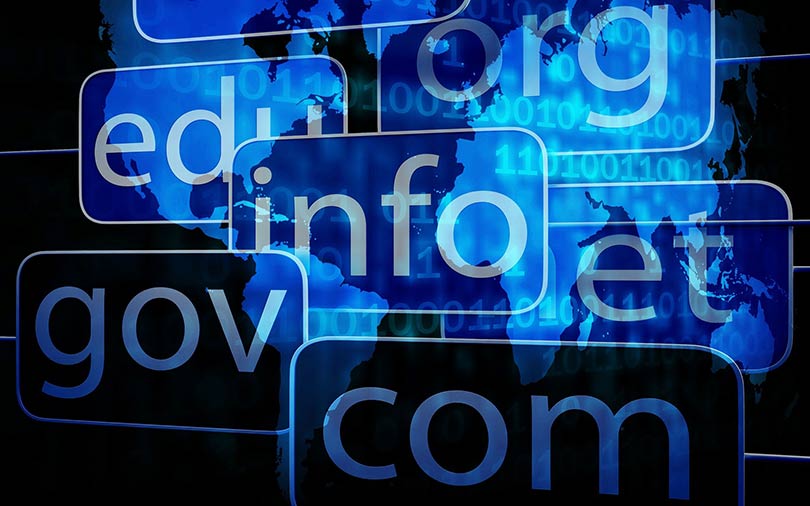
Internet body to throw open domain names to Indian languages


The Internet Corporation for Assigned Names and Numbers (ICANN) aims to support domain names in various languages spoken in India, including the 22 official languages of the country, a report said. ICANN manages the database for top-level domain names such as .com and .net and their corresponding numeric addresses that allow computers to connect.
“Work is on for nine Indian scripts -- Bengali, Devanagari, Gujarati, Gurmukhi, Kannada, Malayalam, Oriya, Tamil and Telugu,” ICANN’s India head Samiran Gupta told the Press Trust of India. “These scripts are expected to cover many different local languages,” Gupta said.
ICANN has been working towards building domains for scripts used globally, to help people who do not know English to go online and browse websites with the domain names in their respective languages.

Gupta also highlighted that around 52% of the world population has access to the Internet and many of the remaining 48% cannot type in English.
He also said that the work for defining rules for the domain names for Indian languages is being undertaken by a dedicated community-based panel.
The panel, called the ‘Neo-Brahmi Generation Panel’, comprises of more than 60 technical experts and linguists from India, Bangladesh, Nepal, Sri Lanka and Singapore, where these languages and scripts are used.

As of now, the proposals for six scripts - Devanagari, Gujarati, Gurmukhi, Kannada, Oriya and Telugu – have been released for public comments.
Regional language support is being taken seriously by tech giants as well.
Recently, Google announced Hindi support for its voice-based Google Assistant.
In July 2018, International Business Machines’ (IBM’s) artificial intelligence platform, Watson, started offering translation service in Hindi to individuals and businesses. With that addition, Watson offers translation service in 15 languages, with the technology now available to more than two billion people in their native languages.

